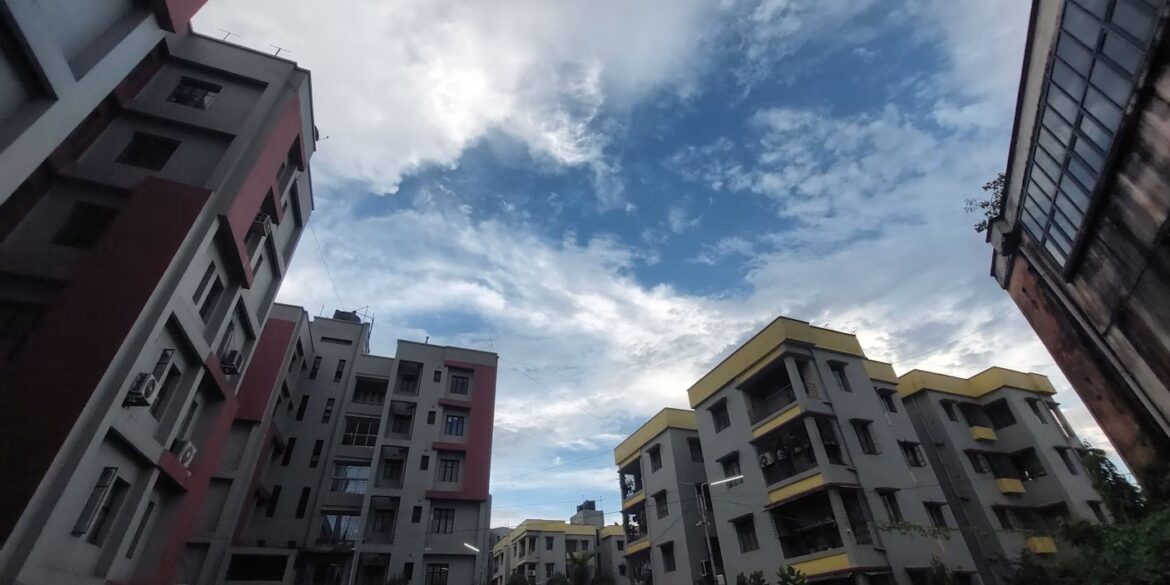In a major step toward reimagining suburban growth in Southern California, the city of Glendale has broken ground on “Verde Commons,” a $200 million mixed-use development that aims to redefine the boundaries between living, working, and community life. The ambitious project, approved in late 2024 after several years of planning and public consultation, represents a model for next-generation suburban redevelopment — one that balances economic growth with sustainability, accessibility, and urban livability.
Located near the city’s downtown corridor, Verde Commons will occupy several blocks of previously underutilized commercial land, transforming it into a vibrant hub of housing, co-innovation spaces, and pedestrian-friendly public amenities. The project will feature approximately 300 residential units, including a designated share of affordable housing, along with 80,000 square feet of office and collaborative workspace intended to attract entrepreneurs, small businesses, and creative professionals. Ground-level retail will further activate the area, with leasing plans for cafés, artisan shops, and health and wellness providers designed to serve both residents and nearby workers.
City officials hailed the groundbreaking as a milestone in Glendale’s ongoing evolution from a commuter-heavy suburb into a self-sustaining urban ecosystem. Glendale Mayor Angela Torres described the project as “a forward-looking investment in how our city grows.” In remarks during the ceremony, she said, “Verde Commons reflects our vision for a Glendale where people can live, work, and innovate without needing to drive across the county. It’s a step toward a more connected, sustainable, and inclusive future.”
The design of Verde Commons reflects several core principles of the “15-minute city” concept — the idea that residents should be able to access most of their daily needs within a short walk or bike ride from home. Planners say the development will include wide, tree-lined sidewalks, bike lanes, shaded plazas, and public gathering spaces intended to promote foot traffic and community interaction. The site is also strategically positioned within walking distance of regional transit links, including Metro bus lines and planned microtransit stops, allowing for easy connections to downtown Los Angeles and nearby employment centers.
Developers behind Verde Commons have placed strong emphasis on sustainability and environmental performance. According to project documentation, all structures will be energy-efficient, targeting LEED Gold certification, with high-efficiency HVAC systems, solar panels, and advanced water conservation technologies. The site plan also includes electric vehicle (EV) charging stations, secure bike storage, and green rooftops to reduce heat absorption and promote biodiversity. Landscaping throughout the property will feature native California plants adapted to the region’s dry climate, reducing water usage while creating an aesthetically cohesive environment.
In addition to its environmental credentials, the development aims to meet growing demand for flexible work environments. The office and co-innovation areas are being designed with modular layouts to accommodate startups, freelancers, and established companies seeking satellite offices. The flexible workspaces will offer shared meeting rooms, event areas, and direct connections to outdoor plazas, blending productivity with community engagement. Project architects note that the pandemic-era shift toward hybrid work arrangements heavily influenced the design approach, which prioritizes adaptability and open-air connectivity.
The economic impact of the project is expected to be significant. Glendale’s economic development office projects that the construction phase alone will generate hundreds of local jobs, with additional employment opportunities tied to long-term operations once the site opens. Beyond direct job creation, officials predict the project will stimulate small business growth in surrounding neighborhoods and bolster Glendale’s role as a regional innovation hub. The city’s Downtown Revitalization Committee has described Verde Commons as a “keystone project” — one that could serve as a blueprint for future developments across Los Angeles County’s suburban landscape.
Urban planning experts have pointed out that Glendale’s new investment aligns with a broader regional shift toward infill and mixed-use redevelopment. Across Southern California, cities such as Pasadena, Burbank, and Long Beach are embracing denser, transit-oriented projects designed to reduce car dependency and housing shortages. This trend reflects growing recognition that traditional suburban zoning models — characterized by separated residential, commercial, and industrial zones — are no longer sustainable in an era of rising housing costs, long commutes, and climate pressures.
Dr. Michael Ling, a professor of urban design at UCLA, praised Glendale’s move as “a clear example of a post-pandemic urban evolution.” He noted, “Cities like Glendale are realizing that quality of life improves when neighborhoods become more compact, walkable, and mixed-use. Projects like Verde Commons are not just about architecture — they’re about social infrastructure and the way people connect to their environment.”
Real estate analysts echo this sentiment, suggesting that mixed-use developments are becoming an increasingly attractive option for both developers and residents. Rising mortgage rates and limited single-family home inventory have shifted demand toward rental-based, amenity-rich communities that offer urban conveniences without the density or cost of downtown living. Verde Commons, they argue, may represent a new middle ground — dense enough to support local businesses and public transit, yet suburban enough to offer space, greenery, and tranquility.
Local businesses have already expressed optimism about the project’s potential. Restaurateurs and retailers in nearby corridors anticipate increased foot traffic once the first phase opens, while Glendale’s Chamber of Commerce expects the development to serve as a magnet for small businesses and startups. The inclusion of affordable housing has also drawn praise from community advocates, who view it as a step toward balancing economic growth with social equity in one of Southern California’s increasingly competitive housing markets.
Construction on Verde Commons is scheduled to begin in early 2026, with phased delivery through 2028. The first phase will include residential towers, the co-innovation workspace, and a central plaza expected to host community events and farmers’ markets. Later phases will expand retail and public space components.
As Glendale moves forward with Verde Commons, the project has come to symbolize both a physical and philosophical transformation in how Southern California suburbs think about growth. The region’s postwar model — sprawling neighborhoods built around car travel and single-family homes — is giving way to developments that emphasize density, flexibility, and sustainability. For many city leaders, the shift is long overdue.
“Glendale is showing what the next generation of suburbs can look like,” said Mayor Torres. “We’re not just building buildings; we’re building a community that reflects the way people want to live today — connected, creative, and close to opportunity.”
As cranes rise and construction crews prepare the foundation, Verde Commons stands as a tangible vision of the future — one where Southern California’s suburbs evolve from sprawling bedroom communities into thriving, mixed-use neighborhoods that bring people closer to their work, their neighbors, and their environment.

